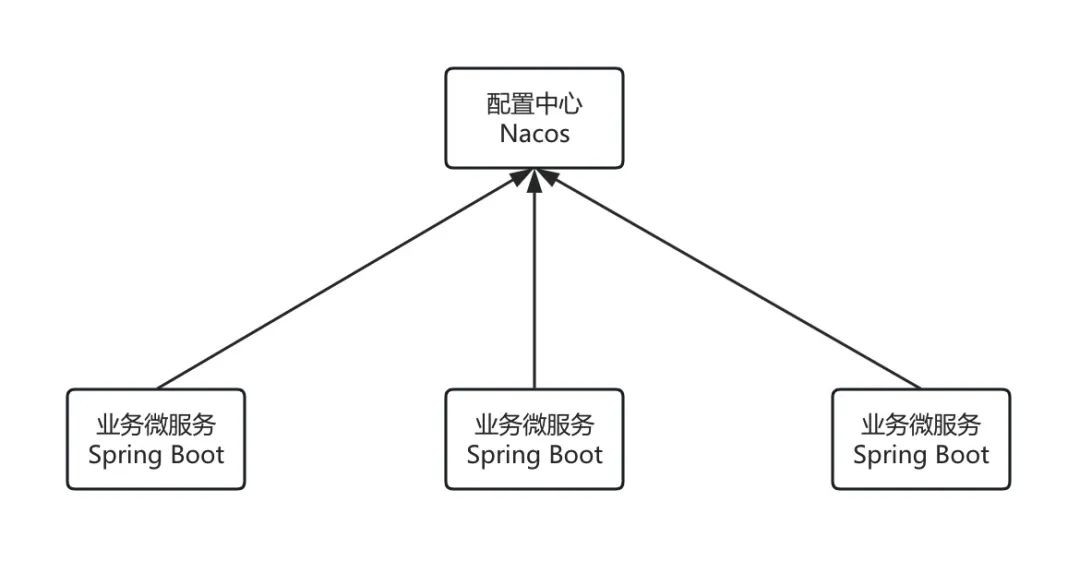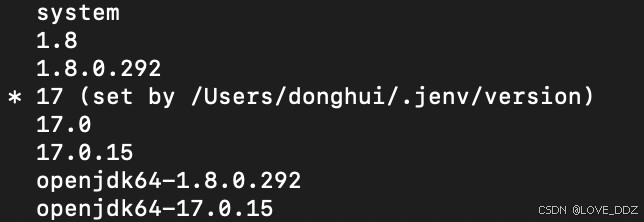多线程下载介绍
多线程下载技术是很常见的一种下载方案,这种方式充分利用了多线程的优势,在同一时间段内通过多个线程发起下载请求,将需要下载的数据分割成多个部分,每一个线程只负责下载其中一个部分,然后将下载后的数据组装成完整的数据文件,这样便大大加快了下载效率。常见的下载器,迅雷,QQ旋风等都采用了这种技术。
分片下载
所谓分片下载就是要利用多线程的优势,将要下载的文件一块一块的分配到各个线程中去下载,这样就极大的提高了下载速度。
技术难点
并不能说是什么难点,只能说没接触过不知道罢了。
1、如何请求才能拿到数据的特定部分,而非全部?
可以在HTTP请求头中加入Range来标识数据的请求范围/区间,从HTTP/1.1开始可用。
基本用法:
Range: bytes=10-:取第10个字节及后所有数据。
Range: bytes=40-100:取第40个字节到第100个字节之间的数据。
这样我们就能拿到特定部分的数据了,断点续传也可以用这个来实现。
PS:0为开始点。
2、分片后某线程下载时如何写出?
思路1:等所有下载完成后进行统一汇总整理然后再一次性写出。
这简直是最笨的思路了,如果文件过大全部拉到内存中,岂不凉凉。
思路2:下载采用多线程,写出时采取数据前后顺序排队写出。
也就是说多线程下载,单线程输出,某种程度解决了内存占用问题,不过效率基本不理想。
思路3:要说还是API香,老大哥Java给我们提供了一个类叫做RandomAccessFile。
这个类可以进行随机文件读写,其中有一个seek函数,可以将指针指向任意位置,然后进行读写。什么意思呢,举个栗子:假如我们开了30个线程,首先第一个下载完成的是线程X,它下载的数据范围是4000-9000,那么这时我们调用seek函数将指针拨动到4000,然后调用它的write函数将byte写出,这时4000之前都是NULL,4000之后就是我们插入的数据。这样就可以实现多线程下载和本地写入了。
具体实现
一个分片下载类,我们需要创建多个对象来进行下载。
|
1
2
3
4
5
6
7
8
9
10
11
12
13
14
15
16
17
18
19
20
21
22
23
24
25
26
27
28
29
30
31
32
33
34
35
36
37
38
39
40
41
42
43
44
45
46
47
48
49
|
public class UnitDownloader implements Runnable { private int from; private int to; private File target; private String uri; private int id; public UnitDownloader(int from, int to, File target, String uri, int id) { this.from = from; this.to = to; this.target = target; this.uri = uri; this.id = id; } public int getFrom() { return from; } public int getTo() { return to; } @Override public void run() { //download and save data try { HttpURLConnection connection = (HttpURLConnection) new URL(uri).openConnection(); connection.setRequestProperty("Range", "bytes=" + from + "-" + to); connection.connect(); int totalSize = connection.getContentLength(); InputStream inputStream = connection.getInputStream(); RandomAccessFile randomAccessFile = new RandomAccessFile(target, "rw"); randomAccessFile.seek(from); byte[] buffer = new byte[1024 * 1024]; int readCount = inputStream.read(buffer, 0, buffer.length); while (readCount > 0) { totalSize -= readCount; System.out.println("分片:" + this.id + "的剩余:" + totalSize); randomAccessFile.write(buffer, 0, readCount); readCount = inputStream.read(buffer, 0, buffer.length); } inputStream.close(); randomAccessFile.close(); } catch (IOException e) { e.printStackTrace(); } }} |
分片下载管理器,主要就是拿到内容的总大小,将其分配给每一个UnitDownloader。这里的threadCount函数可以再考虑优化一下。
|
1
2
3
4
5
6
7
8
9
10
11
12
13
14
15
16
17
18
19
20
21
22
23
24
25
26
27
28
29
30
31
32
33
34
35
36
37
38
39
40
41
42
43
44
45
46
47
48
49
50
51
52
53
54
55
56
57
58
59
60
61
62
63
64
65
66
67
68
69
70
71
|
public class MultipleThreadDownloadManager implements Runnable { private String uri; private File target; public MultipleThreadDownloadManager(String uri, File target) { this.target = target; this.uri = uri; if (target.exists() == false) { try { target.createNewFile(); } catch (IOException e) { e.printStackTrace(); } } } /** * 开始下载 */ public void start() { new Thread(this).start(); } /** * 根据文件总大小计算线程数量 * * @param totalSize * @return */ public int threadCount(int totalSize) { if (totalSize < 30 * 2014 * 1024) { return 1; } return 30; } @Override public void run() { //获取文件总大小 int totalSize = 0; try { HttpURLConnection connection = (HttpURLConnection) new URL(uri).openConnection(); connection.connect(); int contentLength = connection.getContentLength(); totalSize = contentLength; } catch (IOException e) { e.printStackTrace(); } //将文件分片并分开下载 int threadCount = threadCount(totalSize); int perThreadSize = totalSize / threadCount;//每一个线程分到的任务下载量 int id = 0; int from = 0, to = 0; while (totalSize > 0) { id++; //计算分片 if (totalSize < perThreadSize) { from = 0; to = totalSize; } else { from = totalSize; to = from + perThreadSize; } //开始下载 UnitDownloader downloader = new UnitDownloader(from, to, target, uri, id); new Thread(downloader).start(); } }} |
参考文献


